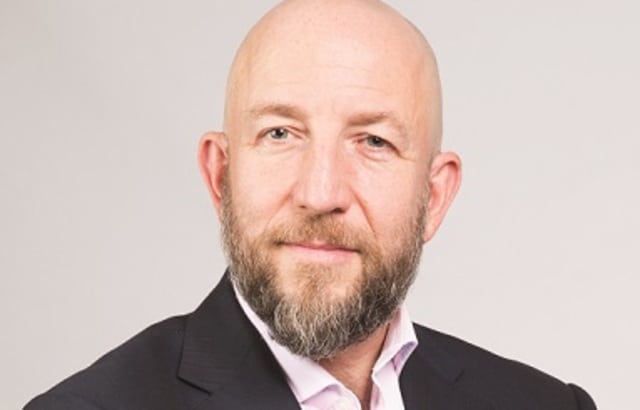Not since a certain Neil Woodford launched his Patient Capital Trust back in April 2016 has so much attention been paid to an investment trust launch, with an approach all about delivering “better returns for investors and a better impact on society”.
Having raised nearly £115,000 from 2,500 backers via crowdfunding platform, the former Investment Association chief executive and director general of the AIC, needed to raise some £125m to float the trust.
However, it was announced yesterday that despite a “significant level of interest” from retail investors, in the absence of additional support from institutional investors and discretionary wealth managers the trust could not get off the ground.
So what went wrong?
As way of background, the stated aim of the trust was to deliver long-term, cumulative total returns (5% plus RPI) measured over rolling seven-year periods. To achieve this Godfrey (pictured) decided the fund would employ a multi-manager approach, with five asset managers – Artemis, First State Stewart Asia, JOHCM, Comgest and Lansdown Partners – running bespoke, equally-weighted portfolios.
The trust was also to invest in a portfolio of social impact investments managed by Big Issue Invest, the social investment arm of The Big Issue Group. This would initially be 1% and potentially increase to up to 5% of the assets. The idea, stated Godfrey, was to foster a culture among shareholders of holding investments for the long term, hence the seven-year return target.
“In some respects the project was a good idea by tapping into the ESG element which is growing in popularity and is important to young investors,” says Adrian Lowcock, investment director at Architas. “However, as a result it meant that the trust was a growth orientated product when the majority of investors are older income seekers.”
Additionally, Lowcock says the trust’s global approach was different to what most investors look for in a global fund. “Usually the country or region allocation is secondary to stock selection, whereas The People’s Trust had the top-down allocation and then the individual managers were bottom-up stock pickers,” he says.
“Ultimately, the structure made it hard for investors and asset allocators to be able to categorise the trust and compare it with peers, and therefore use it in asset allocation models.”
Ben Yearsley, a director at Shore Financial Planning, also liked the idea of The People’s Trust, but agrees with Lowcock that the inability to “pigeon hole” the fund may have been a factor behind why it failed to raise sufficient capital.
“It is very hard getting an investment trust away without large institutional support, something made even harder if that trust is trying to be different,” Yearsley says.
“However, while I liked the long-term nature of the portfolio and thought the mix of managers was interesting, the question is where would it have sat in a portfolio? It was global in nature, but with a sizeable UK weighting and maybe that was the problem for asset allocators.”
Right trust, wrong time?
Ryan Hughes, head of fund selection at AJ Bell Investments, says while the trust was launched with good intention, one of the challenges Godfrey has encountered is that markets have simply been too strong recently.
“Investors have done well with so many investments that it has created an inertia to look at new ideas,” Hughes argues. “It is essentially a case of ‘if it ain’t broke, don’t fix it’.










